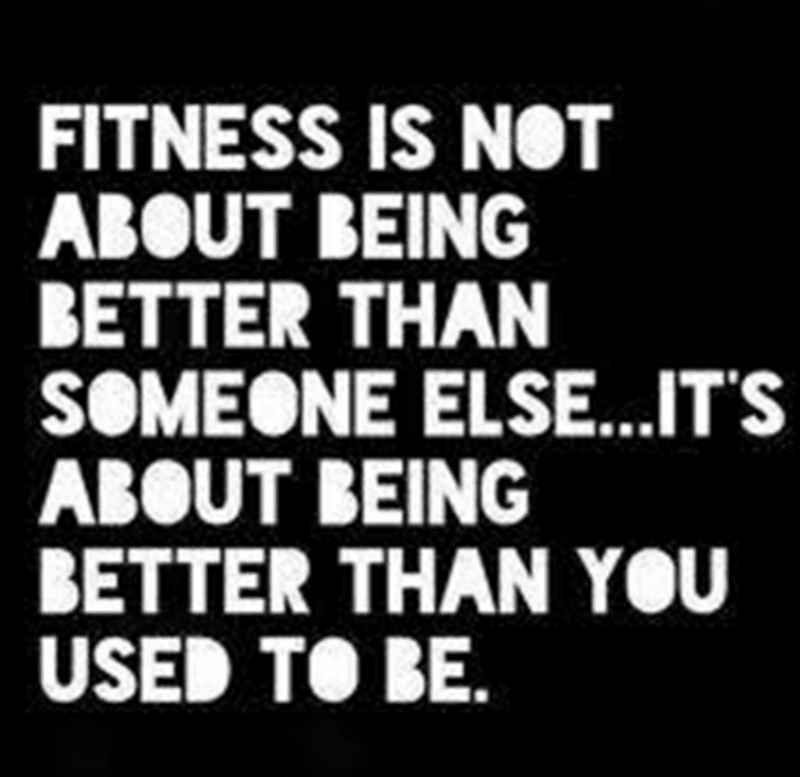Here is how to get into an exercise routine that you actually love.
As one of those annoying people who exercises six to seven days a week, I have a confession to make – I can no longer, in good conscience, accept the motivation-related high fives.
The truth is, while it has always been part of my DNA formed from a lifetime of activity, for the past decade I’ve really just been coasting along on the back of this well-formed habit. And the secret is that once exercise becomes habitual, willpower is no longer necessary.
For those of you wanting to take the “I don’t wanna!” out of exercising, I thought I’d reveal a few tricks that have helped me, and that also get many of my clients and friends to this point. In the interests of throwing a bit of science into the mix, I have researched these with some Exercise Physiologist colleagues.
Put One Foot In Front of The Other
This is often the hardest part, especially at the beginning of the journey. For exercise to ever become a no-brainer, you have to get to the point where it feels good. Positive outcomes like the rush of endorphins, the sense of accomplishment and the inevitable changes in your body shape are powerful motivators, but only if you’ve experienced them first-hand.
One method I have used to keep myself on track is dividing bigger goals into smaller, easily achievable ones. If I didn’t feel like going to for a run or to the gym, I’d say, “I’ll just get changed and see how I feel,” then once I was changed it was much easier to say, “I’ll just get in the car and start driving, or, “ I’ll just get out the door and see how I go.” Eventually, after completing a few of these little goals, you’re sitting outside the gym or have made a start on that run and it’s actually more effort NOT to go.
What the coach says: “It’s important to remember that a little bit of something is better than a lot of nothing. Even if you force or trick yourself into going, the next step is then focusing on how great you feel during or after exercise. Start associating exercise with pleasure and how good you feel as a result, and you’ll be more inclined to want to go.”
Short-Term Goals Build Long-Term Commitment
Research at University College London discovered that building a habit takes an average of 66 days. If you actively commit to exercising regularly for just over two months instead of saying, “I have to do this forever,” it’s a much less terrifying goal. Plus, at the end of that time, research suggests that behaviour will have either ticked over into a habit, or you’ll be well on your way.
What the coach says: “It’s important not to bite off more than you can chew in the beginning. It’s a case of focusing on the here and now and staying in the moment, with the longer-term goal in the back of your mind.”
Find An Exercise You Like
This is a game-changer for my clients. Find a regular weekly routine that works for you and is varied – E.g., step class, pilates, yoga – something that you absolutely love. To get to that perfect combination, you may need to try all of it, including some running, cross fit, group sports, swimming, dance classes, Zumba – you name it. Sometimes it takes a while to find the exercise that’s the perfect combination of enjoyment and results, so keep trying until you find the one that’s right for you. Once you do, turning it up will be easy.
What the coach says: “The best exercise in the world is the one you like and the one you’ll stick with over the long haul.”
Set Realistic Goals
Some people think a good training session means you have to feel sick at the end of it. The reality is that just moving is exercising, and it doesn’t need to be strenuous or painful to be beneficial, especially if you’re just starting out. I have been known to spend three hours cycling and often don’t break a sweat, but I’ve seen more results in consistent training here than in any other form.
A goal needs to be something achievable. If it’s too high you’ll end up falling short, and disappointment can be a powerful de-motivator. So remember that fitness isn’t about doing an ultra marathon or climbing Mount Everest – it’s about beating your personal best.
What the coach says: “The man who moves mountains begins by removing one small rock at a time. I think small goals are great for building a person’s self-efficacy. Get some runs on the board and then progressively build up to the bigger, more lofty goals.”
Diarise Your Exercise
Quite often, we miss out on exercise because we don’t prioritise it like we would a work meeting or dinner with friends. By putting exercise into your diary, you can plan around it.
What the coach says: “The hard part is not viewing it as expendable if something better comes up. If you’re sick and tired of being sick and tired, then you cannot solve today’s problems using the same old thinking ie: blowing off the gym. Habit is three-quarters of the battle. Once the mind is on board, the body follows.”
Phone a Friend
One of my regular suggestions is that locking in exercise with a partner can help you stick to your goals, even if the partner isn’t human.
“If you have a dog, take them out for regular walks at a certain time of day. After a while, the dog’s brain gets conditioned just the same and when it’s time to go, Rover will be there at your bedside with the lead in his mouth waiting for you! Think of them as your own personal exercise machine with fur!”
